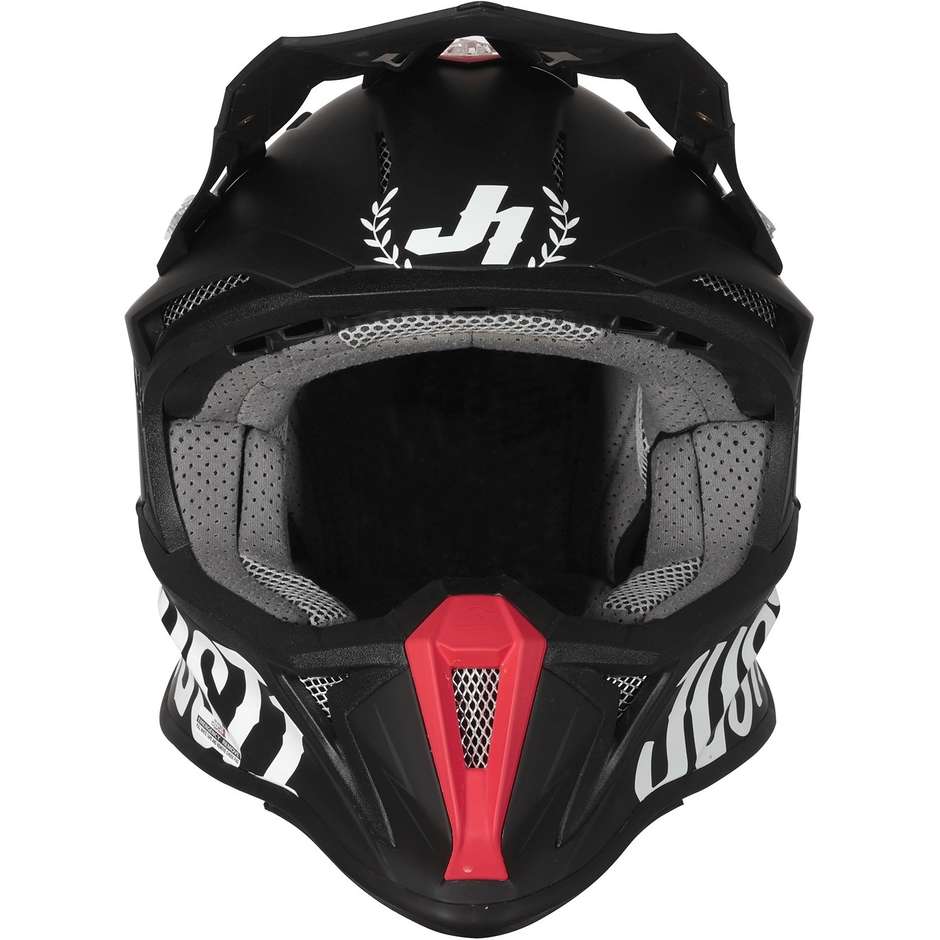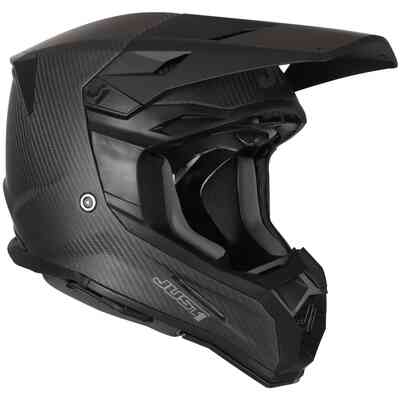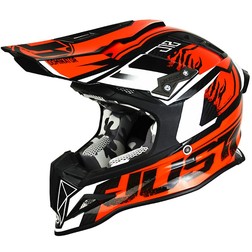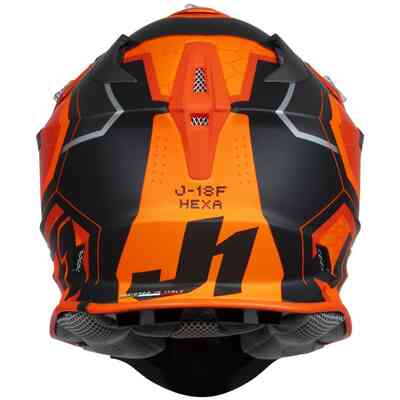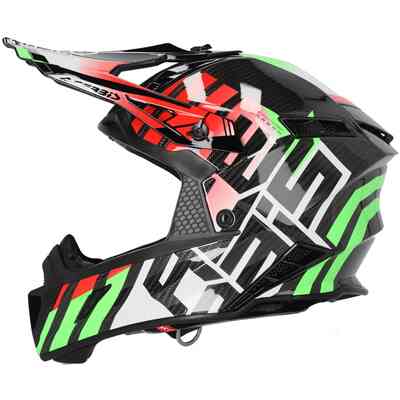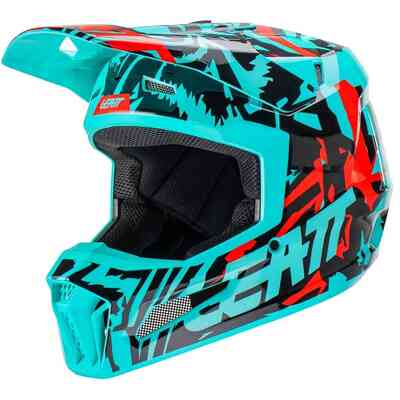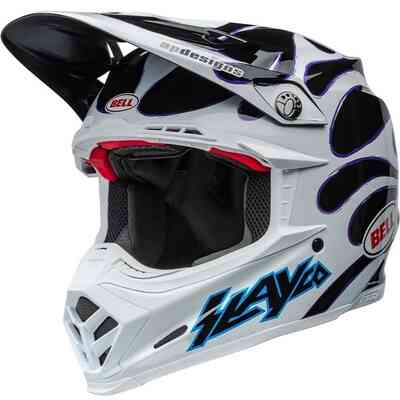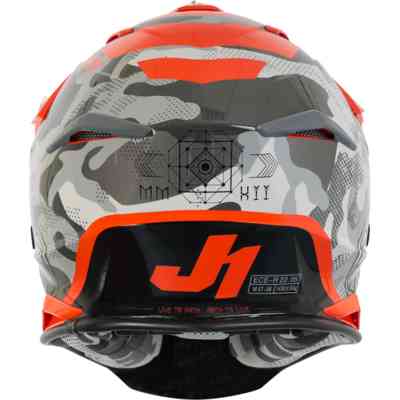Moto Cross Enduro Helmet Just1 J18 + MIPS OLD SCHOOL Matt Black
Moto Cross Enduro Helmet Just1 J18 + MIPS OLD SCHOOL Matt Black
Data sheet:
- Fiberglass outer shell
- MIPS System
- 2 shell sizes
- 2 sizes of EPS
- J.1.EREmergency Cheek Pad Removal System
- Double D steel retention system
- New interior fitting for greater comfort
- Fully removable and washable interior
- New interiors treated with PROTX22 ™ Antibacterial technology
- 9 front air intakes and 6 rear exhausts
- Peak extension included in the box
- ECE Approval - Weight From 1250 Gr +/- 50 Gr
WHAT IS MIPS?
MIPS (Multi-Directional Impact Protection System) is a sliding plane system designed to rotate inside the helmet with the intent of reducing and slowing down the amountof energy transferred to the head and aimed at decreasing injuries caused by rotational impacts.
MIPS required several years of collaboration with designers. The technology was developed by scientists at Karolinska Hospital and the Royal Institute of Technology in Stockholm, Sweden. The concept is founded on 19 years of academic research.
BECAUSE IT IS IMPORTANT
When a head rotates quickly and stops suddenly, the rotational acceleration can cause high levels of tension in the brain tissue. The stretching of the tissue caused by these movements can cause various types of brain injuries. MIPS was designed with the intent to address the rotational acceleration generated by the impact.
HOW DOES IT WORK
A helmet equipped with MIPS technology consists of three main components: the shell in expanded polystyrene (EPS), the low-friction shell and, between the two, a fastening system by means of elastomers. In an angled impact, the elastomer fastening system stretches to allow the EPS shell to rotate independently around the head. How far does the system move? Only a couple of millimeters. But the few millimeters of displacement, during those crucial 2 milliseconds, can reduce the amount of rotational force that can be transferred to the brain.
MIPS, in essence, uses a sliding plane system that moves inside the helmet, imitating the brain protection system.This layer is designed to rotate inside the helmet with the intent of slowing or reducing the amount of energy transferred to or from the skull and thereby reduce the risk and severity of brain injury.








